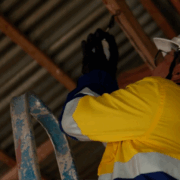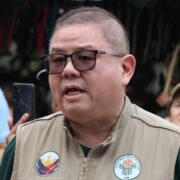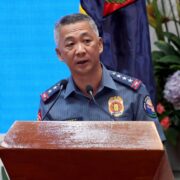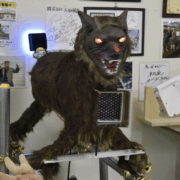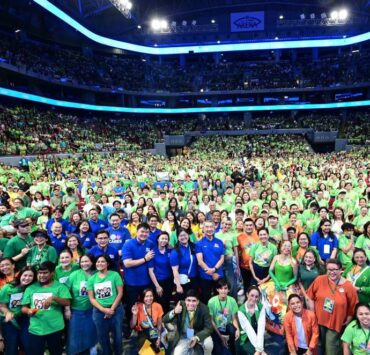Flying lessons—or how to support your child’s sky-high dreams
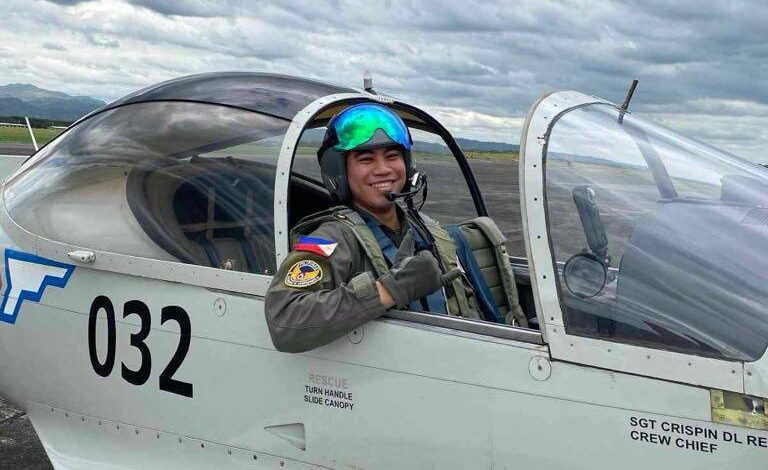
When my son Jack was 3 years old, he announced that he wanted to be a pilot. I chalked it up to one of those toddler obsessions, like his dinosaur phase, that usually burn out faster than a “Paw Patrol” crush. But the dream stuck.
Now at 14, Jack is still deep into all things aviation. He racks up flight time on Microsoft Flight Simulator with his Thrustmaster yoke, rattles off aircraft specs unprompted, and enjoyed a simulation at Sputnik Aviation. As he enters ninth grade, I’ve started wondering how to help him take this passion seriously, without overwhelming him or me.
To get some answers, I reached out to two people with firsthand experience: Second Officer Eryn Laforteza, 36, a seasoned pilot for the flag carrier I met through adult taekwondo, and Chiqui Gazmin, a fellow mom whose son Enrique, 27, is now a pilot with the Philippine Air Force.
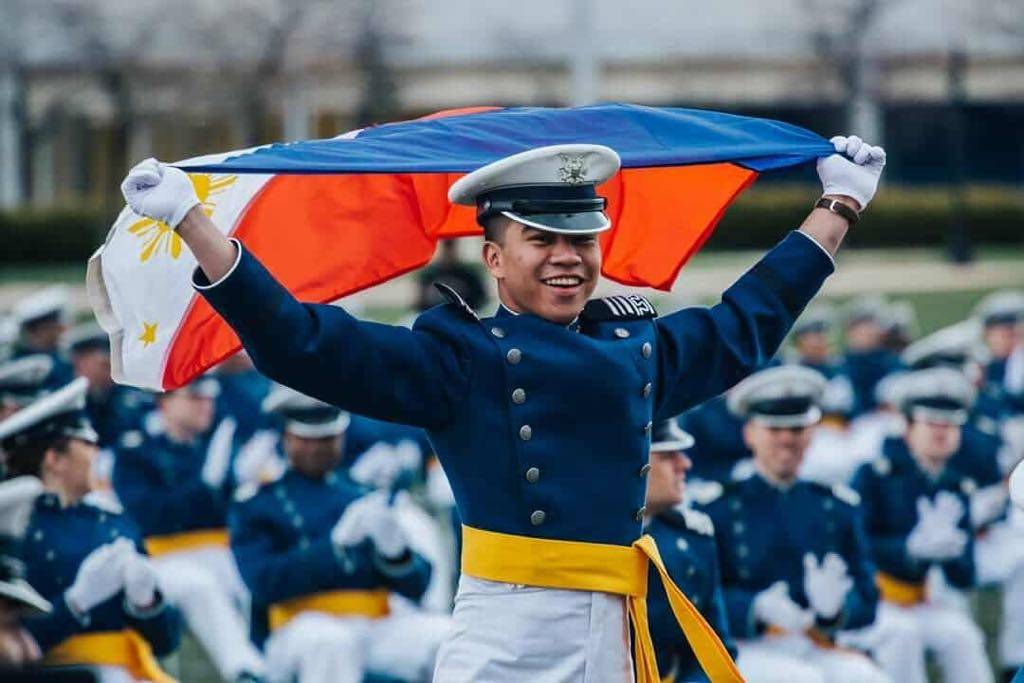
What it takes
Eryn began her flight training some years after earning a bachelor’s degree in Math. “I didn’t know that I would be enrolling in flight school until five years after college,” she said. “My course was totally unrelated, but it helped with my critical thinking skills.”
When I asked what Jack should be doing now, her answer was refreshingly grounded: “Study well, and stay healthy. Airlines look at your transcripts. Also, pilots undergo yearly medical exams, and you need to pass every time.”
She emphasized something I hadn’t considered: sports. “It teaches you discipline, perseverance, and teamwork, more than school can. These traits will come in handy during flight training and in the workplace, eventually. Keep the dream alive. Build healthy habits starting now: eat right, work out, and work on yourself.”
Chiqui, who researched dozens of aviation pathways for her own son, echoed this academic advice. “All of the flying schools we checked here require a college degree—any degree,” she told me. “So if he’s really sure he wants to be a pilot, he can choose the easiest college course just to check that box.”

While looking into local options, Chiqui stumbled on something unexpected: the United States Air Force Academy in Colorado. “It’s a full scholarship. I helped my son apply para lang masabi na supportive ako,” she said. “But I didn’t think he’d get in,” she admitted sheepishly. “He was already in the Philippine Military Academy (PMA) in Baguio when we found out!”
The program is open to a handful of international students each year, including Filipinos, if you secure an endorsement letter from a national-level government official. “It’s like a normal university, except there’s a physical fitness test every year,” Chiqui explained. “You get to choose what degree you prefer, and unlike PMA, they accept students with glasses. Pwede ka pa magpa-Lasik for free.”
There’s a catch: return service. “This scholarship is given to Filipinos by the US government, but in return, you’re required to work for the government for a certain number of years,” she said. Still, the campus left a strong impression: “Super ganda ng campus! Feel na feel mo ang pagmamahal ng government.”
Her son eventually returned to the Philippines and completed his pilot training in Lipa. “He didn’t apply for pilot training there because he said he’s been gone for too long na,” she said.
Training, and the realities
When Eryn began flight school, she had zero aviation background. “Flying was just suggested by my dad’s classmate from the Air Force. I had just resigned from my corporate job and didn’t know what to do next. I was just certain that I did not belong in the corporate setting. The next day, he accompanied me to the flying school I eventually enrolled in.
“The hardest part of training? Everything,” she added, laughing. “Nothing is easy when you’re doing it for the first time.”
But it wasn’t all struggle. “It was helpful that I had amazing classmates. We were there for each other and helped each other out during training.”
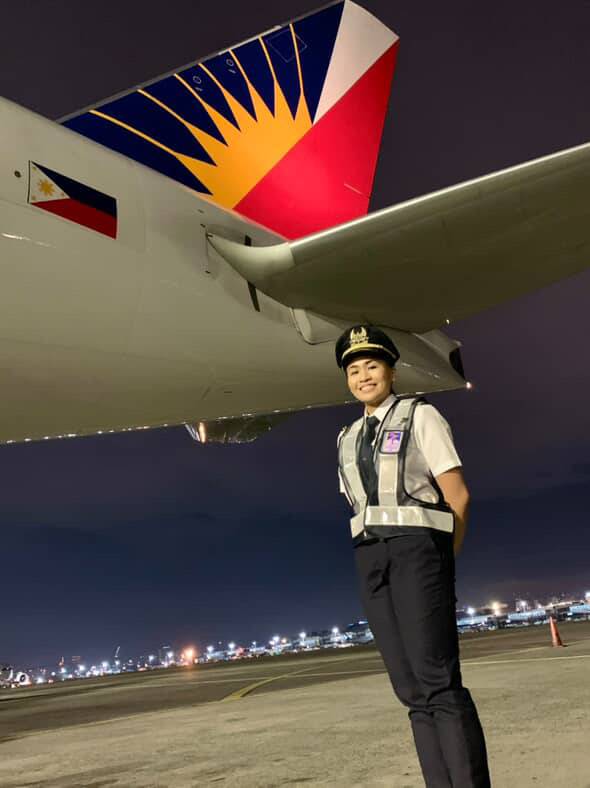
One thing she wished more trainees understood early on? That the academic side matters just as much as time in the cockpit. While she said it’s tempting to focus on the thrill of flying, the technical knowledge you build on the ground is what supports you in the air. “You’ll need both to succeed,” said Eryn.
When asked what she loves most about flying, Eryn didn’t hesitate. “That I don’t have to work a 9-to-5 job. And the views never get old.”
But she also emphasized how high the stakes can be: “One small action, or inaction, can completely change the outcome of a flight.”
Pilots don’t just hop into a cockpit and take off. “A normal day starts with good nutrition. You can’t pour from an empty cup. You have to take care of yourself to be your best during the flight. Before the flight, we’re given copies of the flight plan and other relevant documents. We check those, and the weather at departure, alternates, and destination.”
As for prep tools for teens? “Microsoft Flight Simulator is great. I’ve never owned it, but have done simulations with some of my batchmates. Some of my colleagues use it to review for our simulator sessions.”
The cost
Eryn spent around P2.5 million (she said the figure is probably around P4-5 million today) getting her commercial pilot license. Scholarships exist, but are limited and highly competitive.
I also asked her about being a woman in the field, and she was quick to reassure. “The aircraft knows no gender, only your input,” she said. “It’s also a blessing to be working in a company that champions women.”
In 2019, she said there were about 99 female pilots across Philippine Airlines (PAL) and PAL Express, roughly 10 percent of all pilots. “Earlier this year, PAL pledged P10 million in the Fly With Her program that aims to provide scholarships to aspiring female pilots.”
After these conversations, Jack was even more inspired. And I came away with a surprising amount of clarity, not just about the logistics of becoming a pilot, but about my role in supporting him.
Dreams like this often feel distant and out of reach, especially when the path is expensive, complex, or competitive. But as Chiqui showed me, sometimes the first step is as small as Googling a scholarship and hitting “Apply” (para lang masabi na supportive).
Our kids don’t need to have it all figured out. They just need to know how to ask better questions, find mentors, and take the next small step, whether that’s joining a student org, signing up for a trial flight, or just keeping the dream alive, one simulator landing at a time.
And we, their parents? We don’t have to chart the whole course. We just have to fly beside them long enough for them to believe they can.


